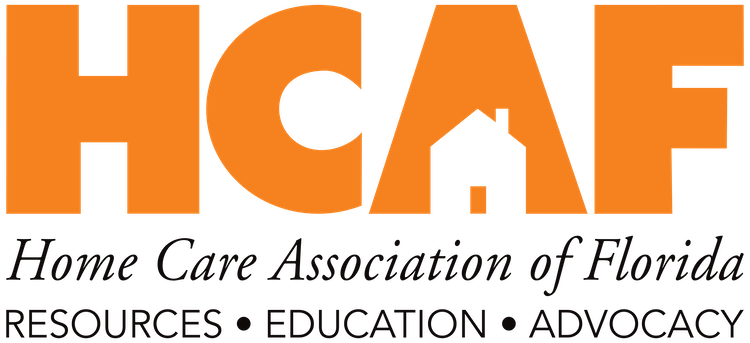2025 MedPAC Data Book Highlights: What It Says About Home Health

2025 MedPAC Data Book Highlights: What It Says About Home Health
The 2025 edition of the Medicare Payment Advisory Commission’s (MedPAC) Health Care Spending and the Medicare Program Data Book highlights key trends shaping the future of home health care in the Medicare program. While the number of fee-for-service (FFS) beneficiaries using home health services continues to decline, home health remains the most common post-acute care (PAC) destination — and freestanding home health agencies continue to report strong Medicare margins.
Here are the key takeaways for Florida’s home health providers:
Fewer FFS Beneficiaries Are Using Home Health Care
- The number of FFS home health users declined to 2.7 million in 2023 — down from 3.3 million in 2019.
- The share of FFS Medicare beneficiaries using home health care dropped from 8.5% in 2019 to 7.8% in 2023.
- In-person visits dropped from 99.7 million in 2019 to 66.3 million in 2023.
- Utilization continues to fall as more Medicare beneficiaries shift to Medicare Advantage and hospitalization rates decline.
Home Health Still Leads Post-Acute Care Use
- Since the pandemic, home health has overtaken skilled nursing facilities (SNFs) as the top PAC setting following hospital discharges.
- In October 2023, more hospital patients were discharged to home health than to any other PAC provider type.
Spending Per Capita Has Remained Flat
- From 2011 to 2023, per capita spending for FFS Medicare home health remained relatively stable, hovering in the $460-$510 range.
- Despite declining use, the system has remained cost-efficient.
Home Health Agency Growth Concentrated in California
- While the number of home health agencies nationwide grew to 12,057 in 2023, excluding California shows a net decline of ~2% between 2018 and 2023.
- This regional imbalance may have implications for access and oversight.
Telehealth Still a Niche Service
- Just 1.2% of 30-day FFS home health periods in 2023 included a telehealth visit or remote patient monitoring.
- About 14% of HHAs delivered any telehealth services at all — suggesting significant room for growth in virtual care delivery.
Medicare Margins Stay High
- Freestanding HHAs posted an aggregate FFS Medicare margin of 20.2% in 2023.
- For-profit agencies reported margins of 21.5%, compared to 13.3% for non-profits.
- Higher-volume agencies earned higher margins (22.4%) than low-volume agencies (12.6%).
- Urban and rural agency margins were nearly identical.
Strong Quality Performance
- The median rate of discharge to the community was 80.6% in 2022-2023, a positive indicator of care quality.
- Preventable readmission rates were low across ownership types, averaging 3.83%.
Bottom Line
Home health agencies are doing more with less. Even as FFS utilization and visit volume decline, providers continue to deliver high-quality outcomes while operating efficiently. However, with growth limited mostly to specific states like California, regional disparities in access may require closer policy attention.
Stay tuned as HCAF continues to analyze these trends and advocate for policies that sustain and strengthen access to home care across Florida.
